Digital Twins Can Enable Smart Buildings, Report Says
In addition to looking at digital twins, current standards and protocols, the report also offers a vision for what networked buildings could look like in smart cities.
September 18, 2018
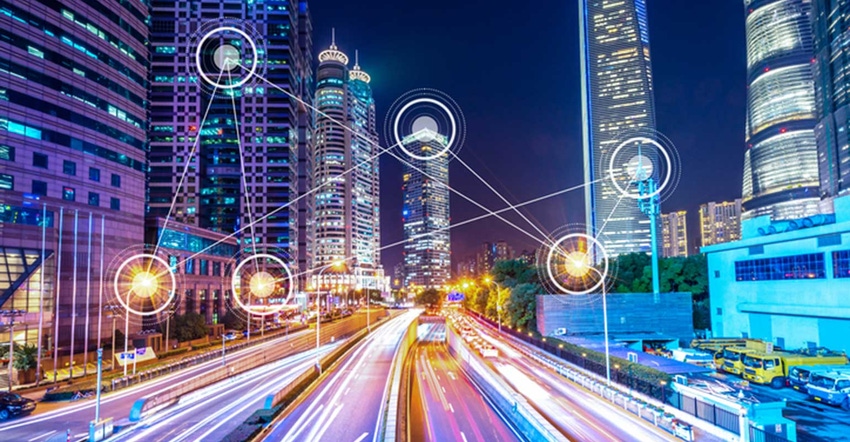
The digital twin, a concept and IoT-enabling technology that is becoming more pervasive in supply chain and asset-intensive industries, holds much promise for perhaps an unlikely candidate – the smart building.
It’s one of the key findings in a comprehensive report that looks at how to achieve data interoperability between building systems and the IoT recently released by the Georgia Tech Center for the Development and Application of Internet of Things Technologies.
The built environment is becoming more of a computing platform, according to Dennis Shelden, associate professor at Georgia Tech’s School of Architecture, as well as director of the university’s Digital Building Lab. Still, building systems lack connectivity. One way to overcome this is by leveraging Building Information Modeling (BIM), software used in 3D architectural models, to act as the digital twin for distributed IoT systems. Widely in use today in design and construction, these 3D plans often aren’t connected in any way to the life of the building upon opening, Shelden said.
“Once the architect stopped drawing, they were out of the picture, and never have been able to understand (the building) as we designed it,” said Shelden, who is both an architect and technologist. “We know we can now connect to the live building, and enrich knowledge and simulation of what the building is because we have all the sensor data.”
According to the report, connecting the building automation and control (IoT) data protocols with the BIM data schemas can “provide a critical layer of spatial semantics to these IoT systems, such as device geo-positioning and metadata tagging, and enrich Smart Building/Smart City efforts while harmonizing these data sources with various data protocols.”
This holds tremendous potential not only for connected buildings, but also for the architecture profession as a whole.
“There’s a whole next generation possibility for architects to have this longer relationship through continuous improvement through IoT,” Shelden said.
The paper, “Foundational Research in Integrated Building Internet of Things Data Standards,” was produced by Georgia Tech College of Design researchers under the supervision of Shelden and Dr. Pardis Pishdad-Bozorgi of the School of Building Construction. It aims to develop a strategy and preliminary framework for building level IoT semantic models and open data strategies, and offers initial use cases.
In addition to looking at enabling technologies, current standards and protocols, the paper offers a vision for what networked buildings could look like in smart cities. Different spheres such as commercial, office, government, health care, residential and campuses coalesce around use cases, and exchange basic “packages” of data standards collected by all buildings – such as space occupancy rate, people counting, electricity and water usage and more.
“The data flow generated in each building is collected by the data hub of each community, and then connected to the city-level IoT network,” the report’s authors wrote.
For those interested in learning more about the research and its application, Georgia Tech’s Digital Building Lab will hold a public symposium Oct. 25-26. “Data Experience and Environment,” will feature conversations with leaders in the high-tech building space and explore the technology itself, as well discuss local startup and incubator resources.
About the Author(s)
You May Also Like
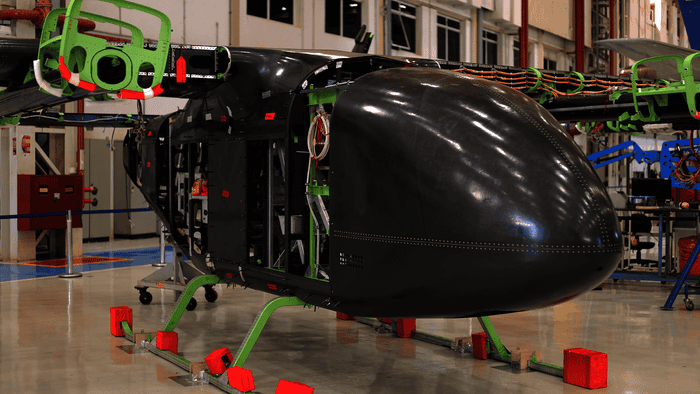
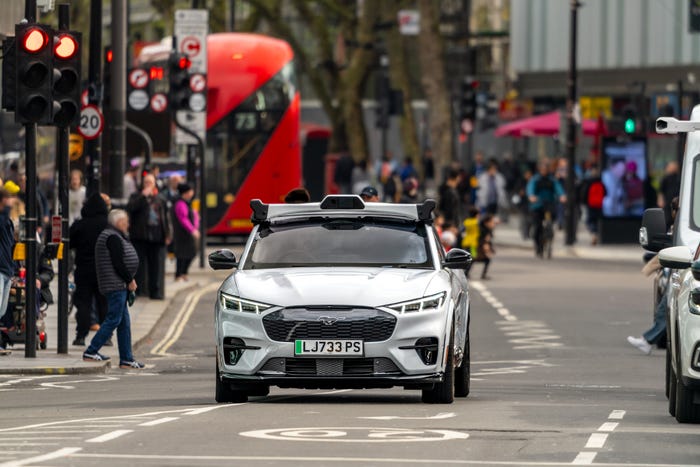
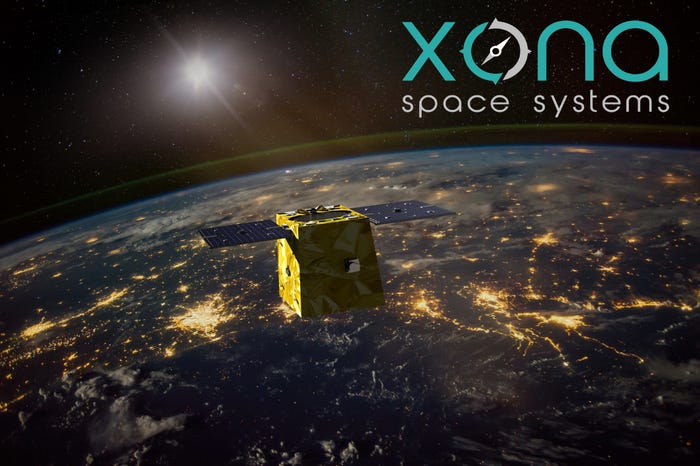
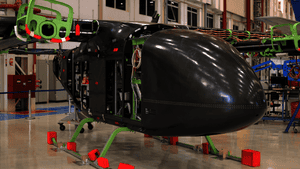
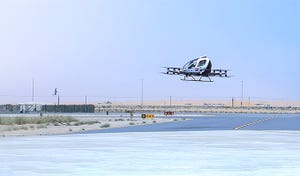
.png?width=300&auto=webp&quality=80&disable=upscale)
.png?width=300&auto=webp&quality=80&disable=upscale)